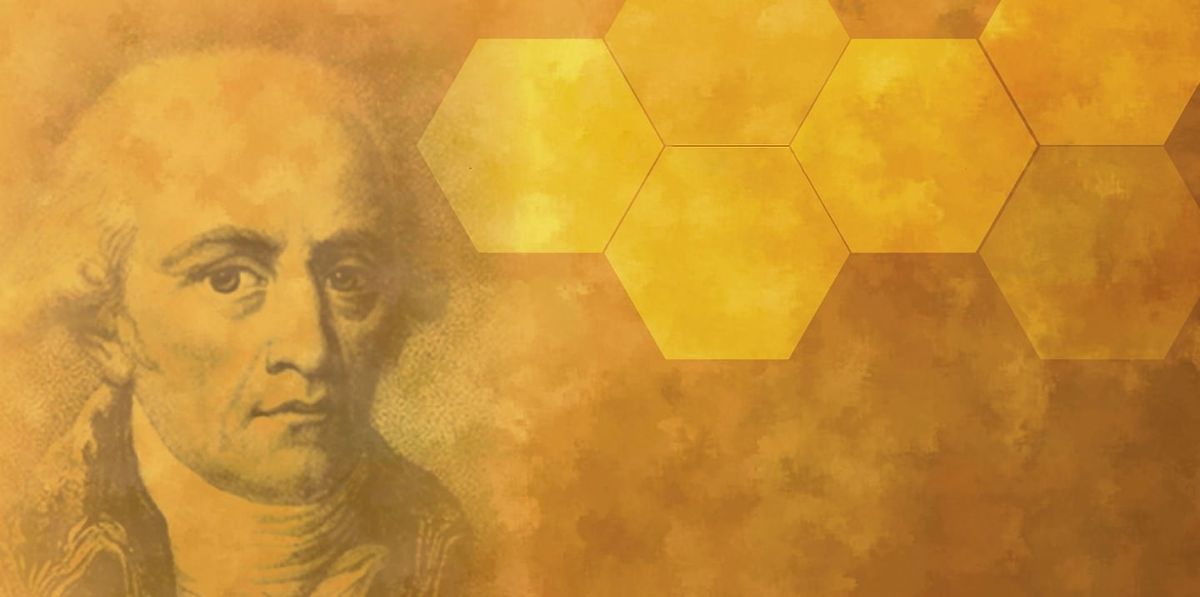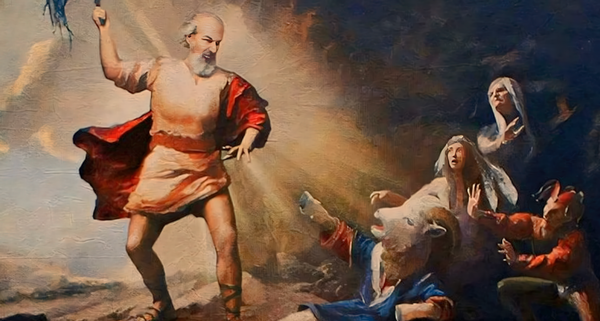Jean-Baptiste Lamarck (1744-1829)

It’s hard to believe that it has taken modern science 200 years to catch up to Lamarck. One of the common threads on Nautis Project has always been the incompleteness of a biological theory of evolution, morphology, and memory. It is these gaps in our knowledge that people like Lamarck, Darwin, Bergson, and Goethe tried to address in biology and Campbell and Jung drew attention in psychology and mythology. I’ve written about this before here:
There is a good article in New Scientist this month, Rewriting Darwin: The new non-genetic inheritance that outlines some of the research being done in this area. This field is also called epigenetics. For a complete definition and etymology, see Wikipedia. Most of the current research barely scratches the surface of what I believe will eventually be found. The real question is: what does this mean for memory? I believe it will take more than DNA methylation to explain how memory is transmitted. This can’t explain instinct can it?
One of the most laughable areas of science is in the realm of animal instincts. Here is a great quote from Wikipedia that sums up our knowledge perfectly:
Technically speaking, any event that initiates an instinctive behavior is termed a key stimulus (KS) or a releasing stimulus. Key stimuli in turn lead to innate releasing mechanisms (IRM), which in turn produce fixed action patterns (FAP). More than one key stimulus may be needed to trigger an FAP.
In other words, they have no idea. I remember asking my Biology 101 professor about birds and how they inherit nest building skills or migratory patterns. Of course, he looked at me like I was from another planet. I received the same response in the psychology department. The one place I didn’t a response like this is in the Mythology and Art departments – they take as axiomatic the inheritance of collective memory. Artists are, thankfully, not confined to explaining the world based on the latest scientific fashion. It’s true that epigenetic inheritance through methylation of histones is still a long way from morphic resonance – but it’s a start.




